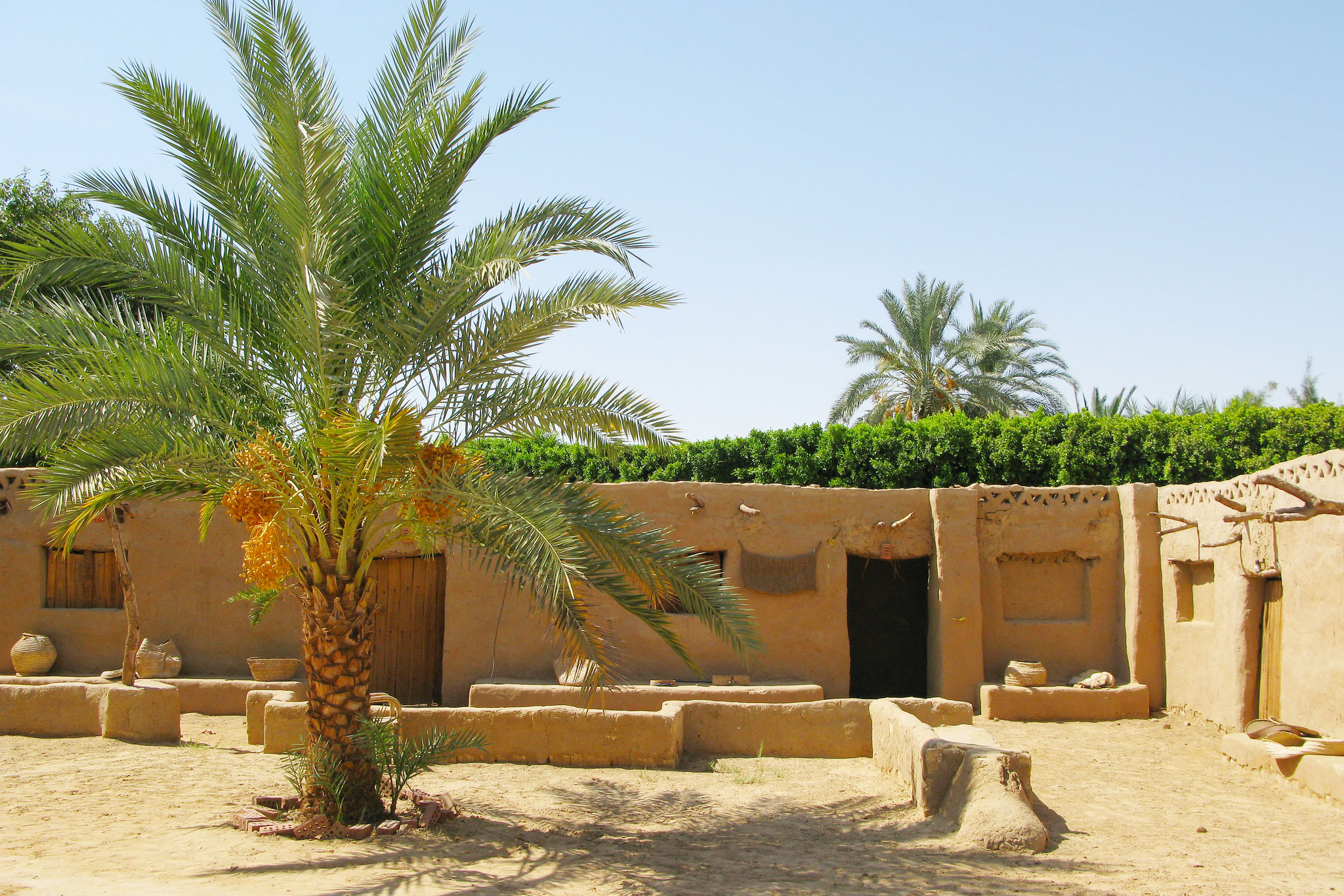
Kharga Oasis
Kharga oasis is a green utopia in the heart of the desert filled with magical living wonders that shines brightly under the heavenly rays of the sun, protected by the stars of the heavens which offers the chance for everyone to gain sensations of serenity and belonging in the embrace of an emerald piece of paradise.
This golden wonder is a 100% natural piece of divine art known to be one of the most modern places within Egypt’s western oases filled with amazing plants and wildlife plus the most magical sights and atmosphere where everyone can enjoy their time in the most incredible manner.
The oasis of Kharga is a blessed destination that offers the most thrilling and magical travel adventure across a very exotic natural destination filled with hidden wonders of natural beauty, culture, and history plus a large number of palm trees, farms, pigeon houses, monuments, fields, Natural water wells, artisans, honey-colored hills, traditional handcrafts, and more. This article will explore all the information surrounding the mythical natural wonder of Kharga Oasis that stood the test of time.

Overview Of Kharga Oasis History

The history of the Kharga oasis is very vast and filled with many incredible facts dating all the way to the Middle kingdom of the 12th dynasty (1786 BC – 1665 BC) when the oasis was discovered. The oasis came into existence when Egypt was going through a transition period where the country was divided as the Pharaohs ruled Nubia & Southern Egypt and the Hyksos ruled over northern Egypt.
The Kharga Oasis played a vital role in connecting southern Africa in Nubia with Egypt through a forty days long road, which would explain why it was known as the southwestern gate of Egypt. Many believe that the Oasis acted as a trade road in the Old Kingdom of Egypt (2700 BC –2200 BC) for gold, spices, animals, wheat, ivory, and plants.
Many important facts about the Kharga oasis were known through an American-Egyptian archaeological mission in 2010 in an ancient site in southern Egypt which dates to the second intermediate period (1782 - 1570 BCE), the Middle Kingdom (2134-1569 BC), the new Kingdom (1569-1081BC) that was filled with many ruins, passageways, massive buildings, and a great bread bakery which is able to show that Kharga oasis acted as a major administrative and totally flourished during the 13th dynasty all the way to the 17th dynasty (1600- 1569 BC) that played a key role in the history of ancient Egypt.
The Kharga oasis was mentioned many times by the Greek historian Herodotus as an important historical location. The Kharga oasis acted as a shelter for the Egyptian Christians in the third and fourth century AD who escaped the Romans and punished the Egyptian Coptics for their religious beliefs. The Coptics of Egypt lived in this amazing Kharga Oasis and were able to build the most incredible Christian monuments.

Location & How to Get Kharga Oasis
The Kharga oasis is found 2000 km away the west of the Nile River valley in the western desert, located in the eastern borderer about 232 km south of Asyut and 550 km south of Cairo, plus the Matruh governorate is found in the northern borders. It is found inside a depression about 160 km (100 miles) long and from 20 km to 80 km wide and is considered to be the biggest oasis in the Libyan desert of Egypt.

Interesting Facts About Kharga Oasis
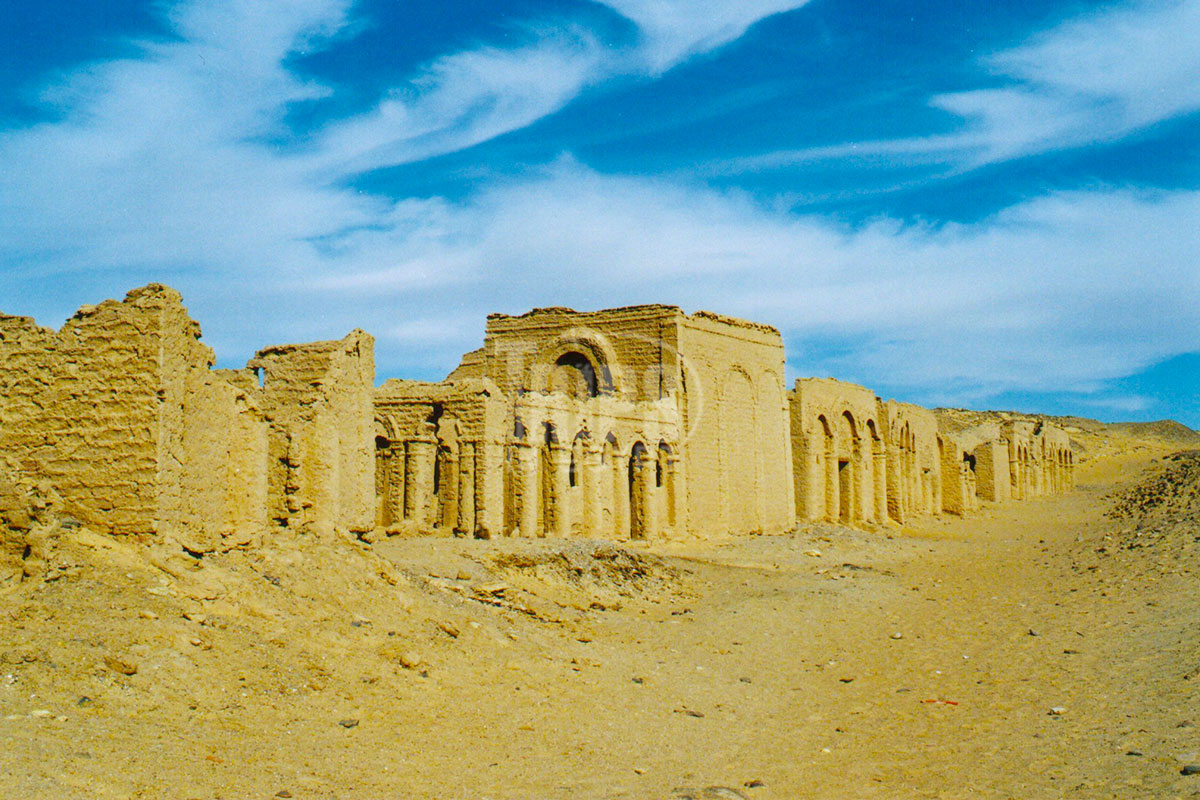
The Capital of the New Valley governorate gained the name Kharga oasis which means outside in Arabic and acts as a very important administrative center. The Southern Oasis was known as Oasis Magna for the Romans. The oasis sits on one-third of the lands of Egypt which holds 20,000 inhabitants who mostly depend on tourism as a source of income.
The climate of the oasis has an average temperature of 28°C, Wind N at 8 km/h, and Humidity at 23%. The oasis is blessed and surrounded by horn palm, acacia, buffalo thorn, jujube, and a lot of remnant wildlife species. The oasis has a number of many mines of iron nickel, and cobalt found within and near the oasis. The place was the subject of a shower of Iron Meteorites which was used to make the Iron meteorite dagger of Pharaoh Tutankhamun.

Best Attractions & Things to Do in Kharga Oasis
In this article we will explore the best things to do and the most incredible and famous archaeological attractions found in the golden Kharga oasis which are:
1. The Temple of Hibis
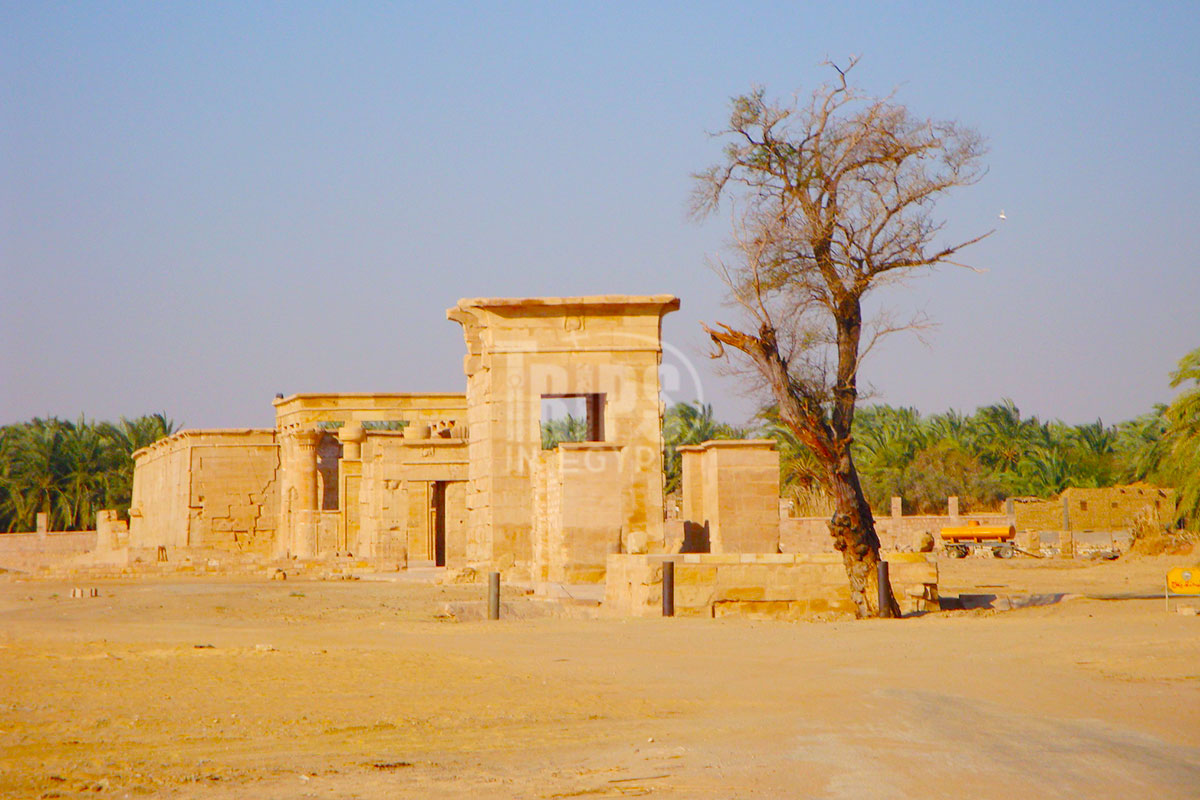
The magnificent temple of Hibis is located just one km away from the north of Kharga Oasis which is known as the best preserved and biggest temple in the oasis that dates all the way to the Saite-Persian period (664–404 BCE) in the 26th dynasty the last native pure Egyptians before being ruled by the Persians in conquest in 525 BC. The temple is able to able to show many great facts about the Pharaonic ages, Persian, Ptolemaic, Coptic, and Roman periods of Egypt through all the great works of art found across the temple.
The Hibis Temple was created for the worship of the Theban triad of Amun, Mut, and Khonsu plus Osiris. It was dedicated to the concept of syncretism of the deity Amun who was known as "Amun of Hibis" and also by the title of "Amun-Ra of Karnak who dwells in Hibis". The Plough was one of the names of the Temple. The creation of the temple was started by Ahmose II and Pharaoh Psamtik II in the 26th dynasty plus the construction was finished during the Persian and Hyksos occupation in the reign of Darius I in 522 BC.
The temple was very enlarged in the reign of ruler Nectanebo I (380 -362 BC) and ruler Nectanebo II (360 -343 BC) plus during the reign of Ptolemy II (285 -246 BC), 2 outer portals were added. The Temple has an amazing sacred lake, ports, a long hallway, pylons, hypostyle hall which are filled with many depictions of hundreds of ancient Egyptian deities. The is a magical ram sphinxes passageways that lead to a great roman gate which was established in 69 AD. There is also a golden and magnificent sanctum which some rich inscriptions and works of art.
2. The Cemetery of Bagawat
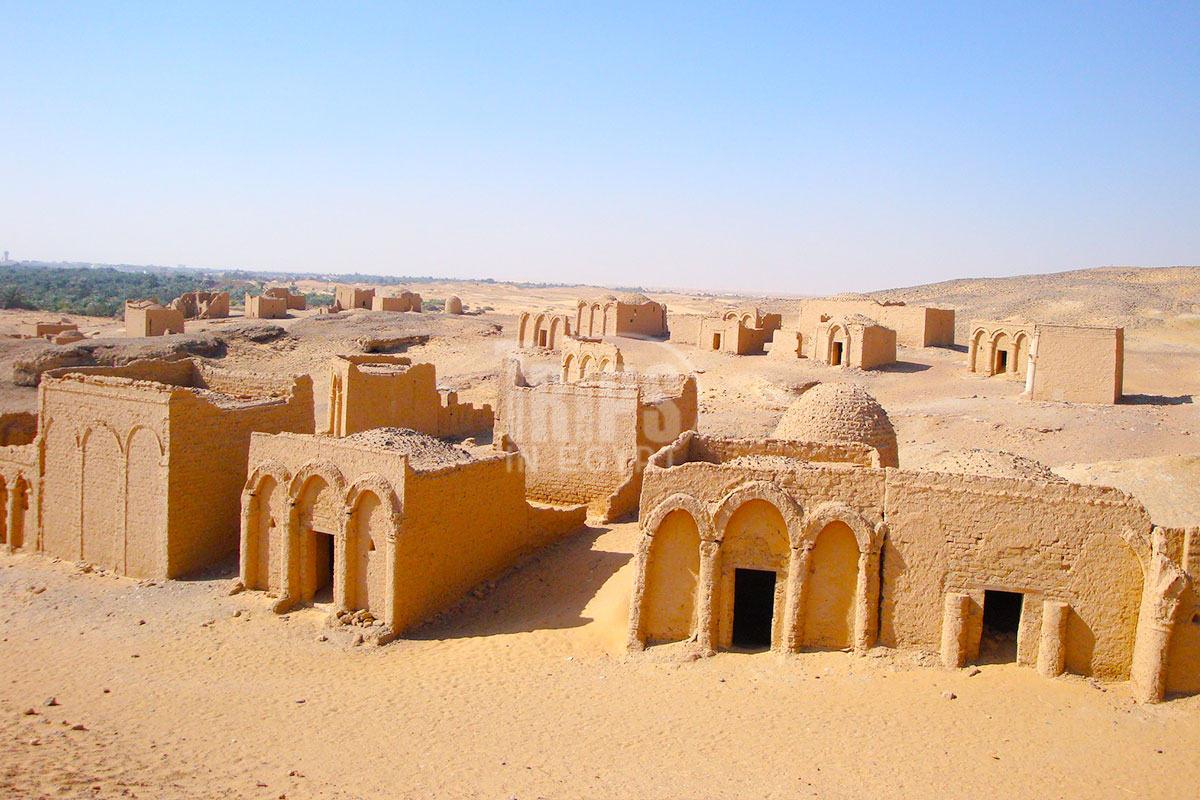
The mythical cemetery of Bagawat is found behind the Temple of Hibis, three km north of Kharga oasis that dated back to the seventh century AD when the Christians escaped Egypt to Kharga Oasis. The cemetery was named after its architectural style which was established in the form of domes that was later transformed into Bagawat.
It is known for being one of the most important Christian attractions in existence. It holds 236 tombs made in the shape of small domed chapels with a primal church in its heart. The tomb of Exodus shows the Israelis leaving Egypt, plus there is the Peace tomb which gold amazing reliefs dedicated to the Virgin Mary, Saint Paul, Saint Takla, and Jacob. All the tombs have amazing colorful Coptic reliefs, inscriptions, and writings which shed many vital details about life during this age.
3. Umm el-Dabadib Village
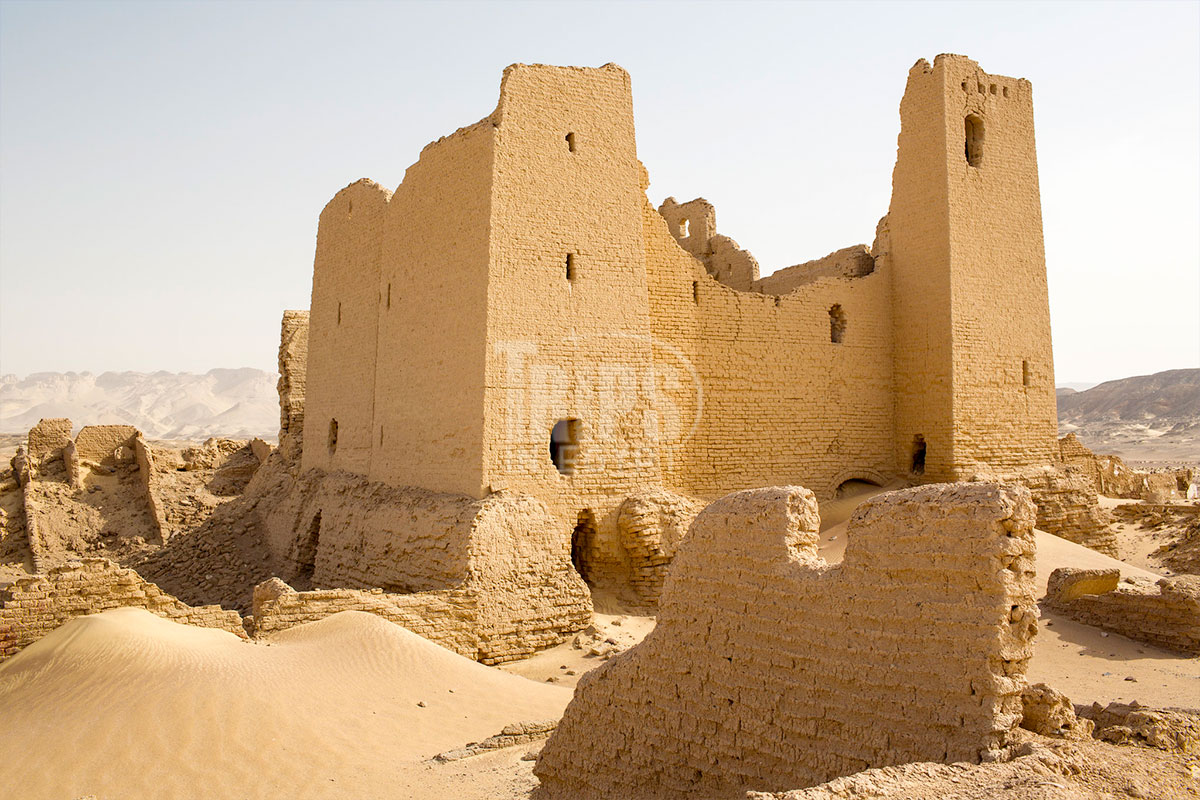
The magical Roman & Byzantine Ain Umm Dabadib can be found north of Kharga Oasis which houses square mudbrick fortress towers. It was a very important settlement that spanned for over thousands of years and stretched for 60,000 acres. The temple was built during the Third Century AD and was occupied during the late Ptolemaic period.
The ruins of this epic village hold a magnificent temple, fort, tombs, Coptic church, and 4 underground aqueducts which ran for three miles. All the constructions of the temple are built with mud bricks where the walls were aligned towards the four cardinal points.
4. The Temple of Ghweita
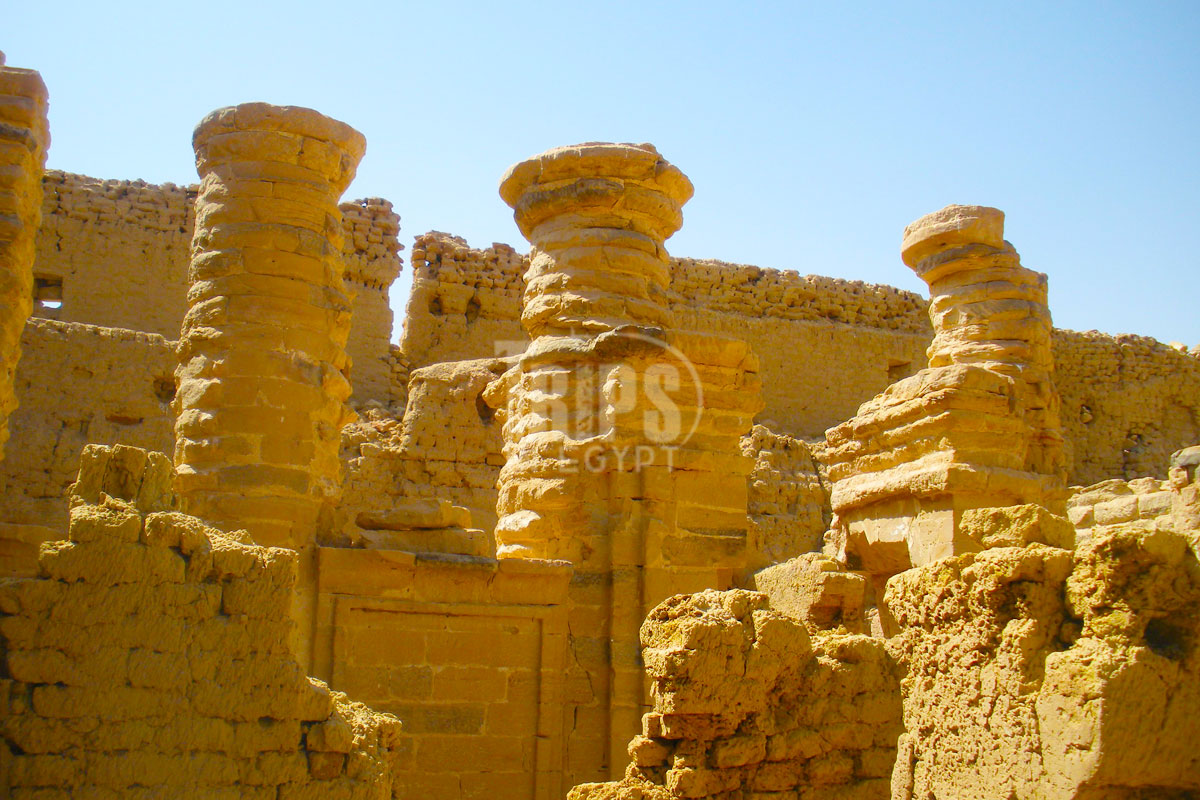
The magical time of Ghweita or Qaser Ghweita which is known as "The Fortress of Deep Springs" can be found 25 km south of Kharga which was made at the same time as the Hibis temple and also for the same purpose which is the worship of the Theban triad.
The temple was built on top of a hill which was held the ruins and remains of an ancient Pharaonic Settlement. The temple was enlarged between the 3rd and 1st century BC during the Ptolemaic period to hold a great hall with eight huge columns, a sanctuary, and a hypostyle hall.
5. The Temple of Qasr Al Zayyan
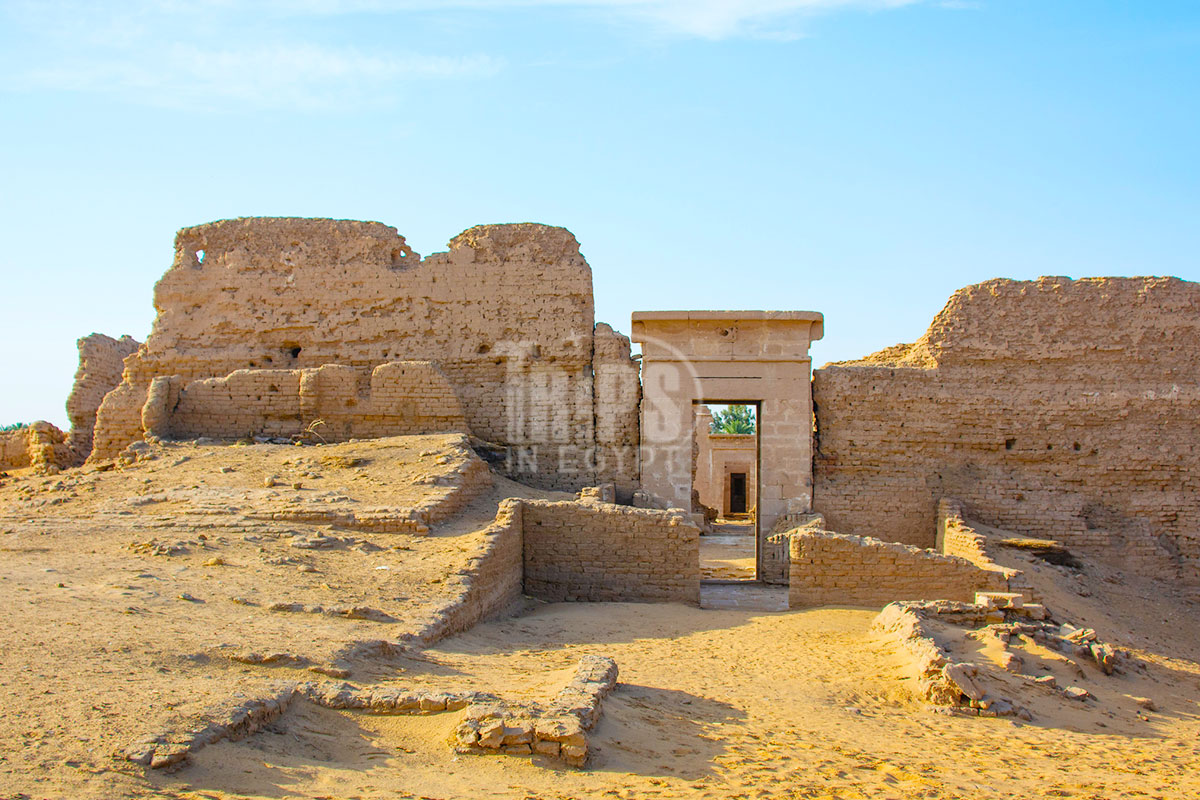
The golden temple of Qasr Al Zayyan is located just 5 km south of Ghweita temple was created in the Ptolemaic period and then totally enlarged in the 2nd century AD by Pius the roman emperor which was dedicated to Amun-Hibis also known as Amenibis and the worship of the cult of Amun-Ra of Hibis. The temple has amazing works of art as seen across the sanctuary which holds beautiful white limestone blocks.
6. The Temple of Dush in the Oasis of Paris
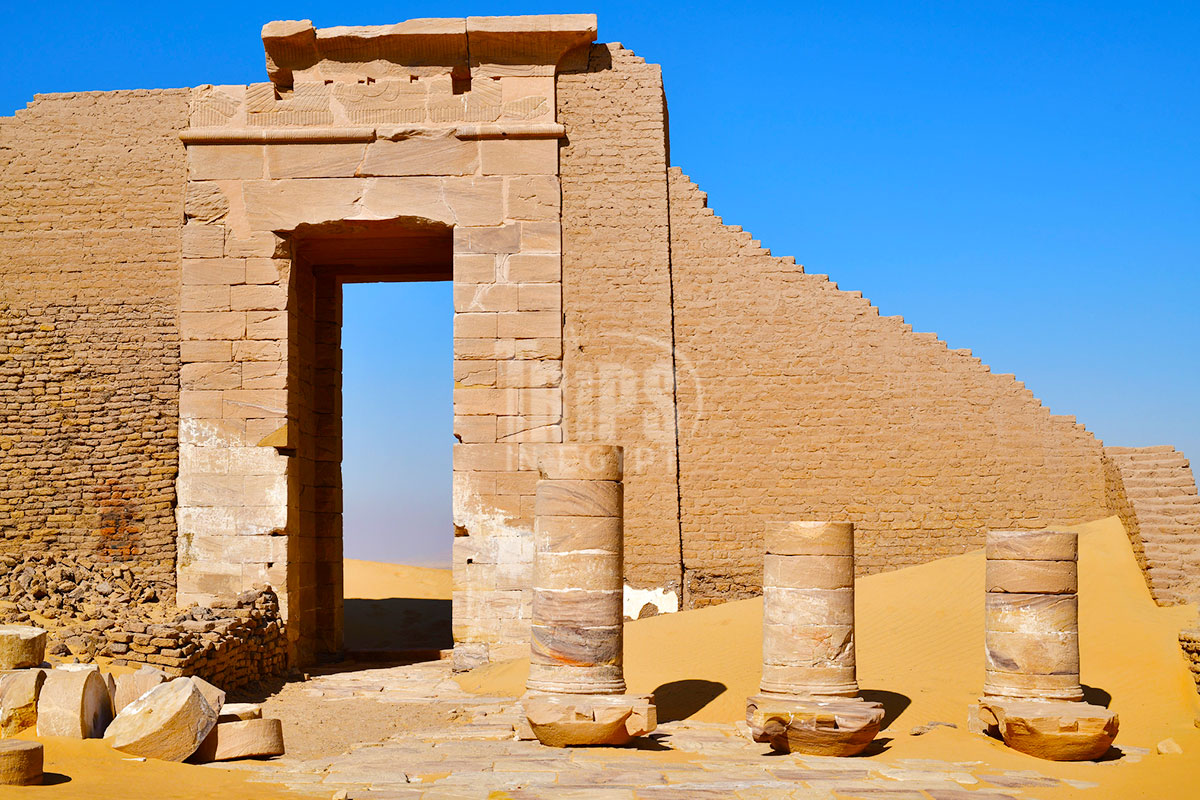
This golden area is connected to the Greco-Roman settlement of Kysis found near Paris oasis which is 120 m south of Al Kharga oasis known to have two temples and two roman fortresses. Many were interested in this attraction as it provided great control over the many caravan routes during the Greco-Roman period.
The temple was built by emperor Domitian (81 – 96 AD) for the worship of the goddess of Motherhood Isis. Many excavation missions were performed in this area which was able to find the most amazing golden monuments and priceless information.
7. The Museum of Antiquities of Kharga
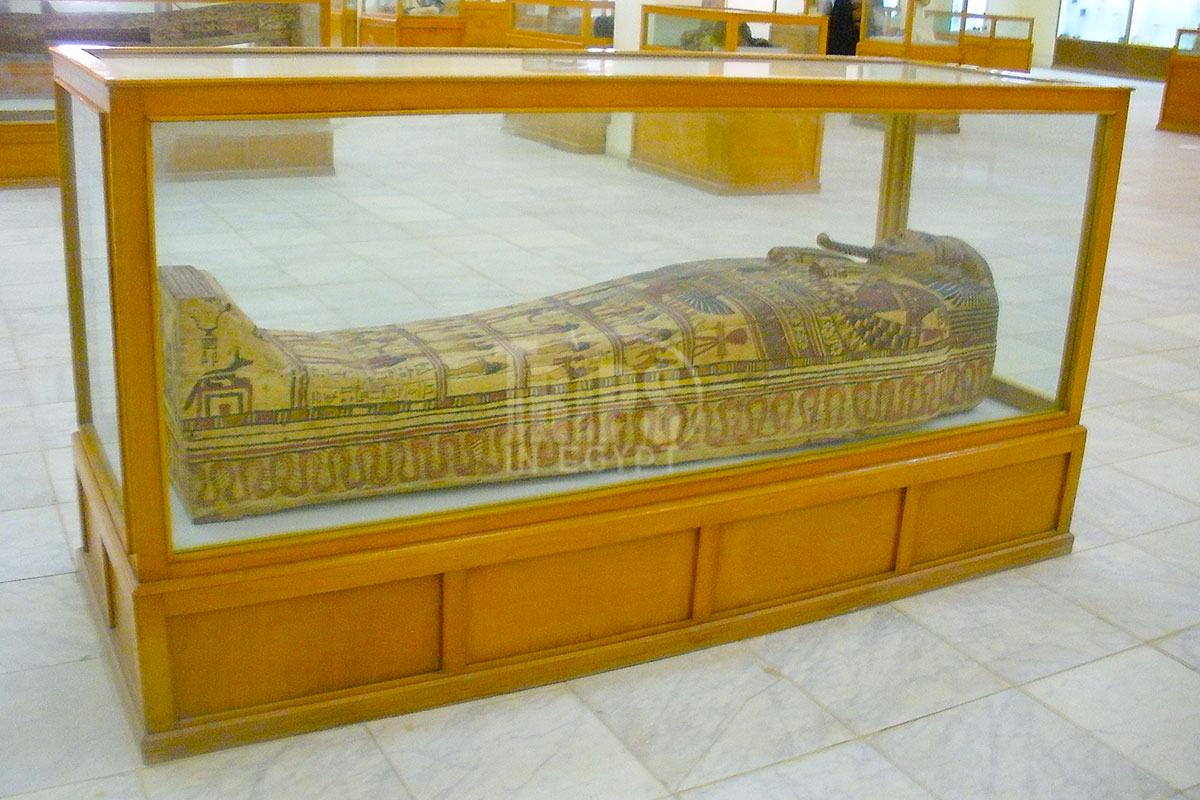
The museum of Kharga oasis is a magical wonder filled with epic archaeological treasures which were discovered on this magical site. The museum has the architectural resembles of Al Bagawat Temple which is composed of two floors of epic artifacts dating from prehistoric times through the Ottoman Era such as the statue of Horus, Pharaonic reliefs, and some Coptic pottery.
Other Majestic Monuments in Kharga Oasis
Kharga oasis is blessed with many amazing and mythical archaeological wonders which were made from the middle kingdom all that way to the Roman and Coptic Egyptian periods which are:
- Ain Manawir (Persian & Roman Periods)
- Ain El Labakha (Roman Period)
- Ain Shams El Din (Coptic church)
- Ain Tauleib (Roman Period)
- Ain El Beleida (Roman Period)
- Ain El Tarakwa (Roman Period)
- Deir El Munira (Roman Period)
- El Nadura (Roman Period)
- Deir Mustafa Kashef (Coptic monastery)
- Gebel El Teir (Prehistoric times)
- Gabbanat El Bagawat (Coptic cemetery)
- Qasr El Gibb (Roman Period)
- Qasr El Dabashiya (Roman Period)
- Qasr El Ghuweita (Late Period)
- Sumeira (Roman Period)
- Umm Mawagir (Middle Kingdom & 2nd Intermediate Period)

Conclusion
The wonders of Egypt are truly infinite but nothing can compare to the magical beauty and mystery of this blessed attraction Kharga Oasis that stood the test of time for many generations to come. Everyone can pick one of our Egypt tours and discover all the historical and cultural wonders of this magnificent civilization plus sail across the celestial Nile River through the incredible Nile River cruises. Make your dream a reality and live the most amazing travel experience ever.
Great vacation for 4 days in Cairo Egypt accompanied by an e...
Duration
4 Days / 3 Nights
Availability
Everyday
An Incredible 5 days Cairo & Alexandria tour package to expl...
Duration
5 Days / 4 Nights
Availability
Everyday
Explore Egypt's ancient wonders on a 6 days vacation to Cair...
Duration
6 Days / 5 Nights
Availability
Everyday
Breathtaking 7 days Cairo, Luxor & Hurghada holiday to explo...
Duration
7 Days / 6 Nights
Availability
Everyday
FAQ
How did Kharga oasis form?
The Kharga Oasis is a natural wonder which acted as an important administrative center and was a center of the New Valley governorate. Many great works of artistic architecture were created between the Middle and Greek-Roman period between 1782 BC and 30 BC.
What is Kharga temple?
The incredible Temple of Hibis is the biggest and most preserved ancient Egyptian temple located just two km away from Kharga Oasis dedicated to the Theban triad of Amu that was built in the Saite-Persian period (664–404 BCE).
How far is Kharga oasis from Cairo?
Kharga Oasis is about 550 km away from Cairo but 230 km far from Luxor.
What Should I Wear While Being in Egypt?
You should wear whatever you want. It is advised to wear something light from cotton or linen, comfortable and put on sunblock during your time in Egypt in the summer and wear comfortable footwear like a closed-toe shoe to sustain the sandy terrain.
What to Pack for Your Egypt Tour?
You should bring a brimmed hat and sunglasses if you not used to the Egyptian sun &pack everything you could ever need and put in a small bag so you could move easily between your destinations.
Are All Nile Cruises Available at Any Time?
Yes, it is available all years. as the Nile from Aswan to Luxor takes three to four days of sailing on Monday, Wednesday and Friday for the total cost of 600$ and the Nile cruise from Luxor to Aswan take four to five days in Saturday, Monday and Thursday for the coast of 650$.
Why book Trips in Egypt?
We have experience in vacation planning for more than 10 years & our staff consists of the most professional operators, guides and drivers who dedicate all of their time & effort create the perfect vacation. All of our tours are customized by Travel, Financial & Time advisors to fit your every possible need during your time in egypt. we always keep in mind that your safety & comfort are our main priority until you return home.
Is it safe to travel to Egypt?
Yes, it is absolutely safe to travel to egypt, You will feel secure in Egypt as the current atmosphere of the country is very peaceful after the government took powerful measures like restructuring the entire tourist police to include all the important and tourist attractions in Egypt and construct an entire environment dedicated for ensuring the lives of all tourists.
What are Egypt's Visa Requirements?
They are very simples, If you want to apply for a Visa On Arrival that lasts for 30 days then you should be one of the eligible countries(check the link), have a valid passport with at least 6 months remaining and pay 25$ USD entry fee in cash. As for the E-Visa for 30 days, you should have a valid passport for at least 8 months, complete the online application, pay the e-visa fee then print the e-visa to later be presented to the airport border guard. You could be one of the countries eligible for a free visa for 90 days.
What is the Weather is Like?
The temperature of Egypt ranges from 37c to 14 c, Summer in Egypt is somehow hot and winter is cool and mild but sometimes it becomes cold at night. The average of low temperatures vary from 9.5 ¡ÆC in the wintertime to 23 ¡ÆC in the summertime and average high temperatures vary from 17 ¡ÆC in the wintertime to 32 ¡ÆC in the summertime while the temperature is moderate all along the coasts.
What is the Best Time of Visit Egypt?
It is known the best time to travel to Egypt is in the winter from September to April as the climate becomes a bit tropical, a warm atmosphere with a winter breeze. You will also be notified a week before your trip if the weather is unsafe or if any changes have been made.
Should I Give Tips in Egypt?
It is totally up to you, but if you choose to you can tip the servers at your restaurant 5-10% by handing it to them directly and 5 Egyptian Pounds as a general tip of anyone.
Can I Enter the Pyramids?
Yes, you can enter the pyramids for the small fee of 20$.
How to Enjoy Egypt During Ramadan?
Ramadan is a special time of year for Muslims that should be celebrated by non-Muslims and feel the essence of the Islamic culture. You can fast with the Muslim or just observe but you are always welcome to join the celebrations and festivals.

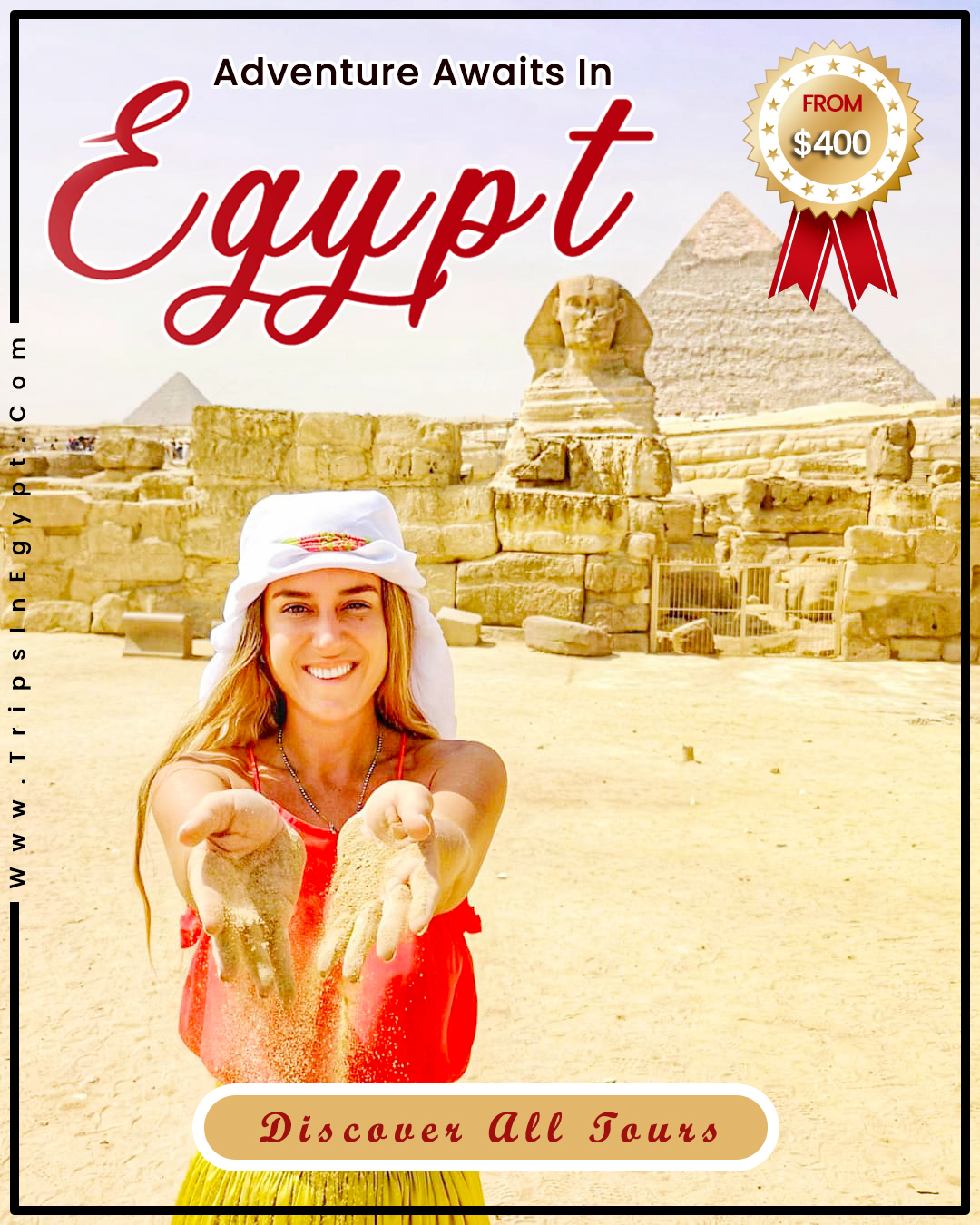
Share Your Comment